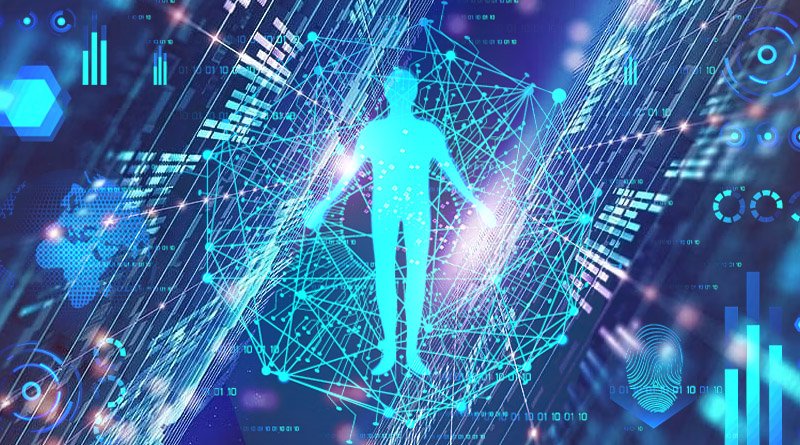The main goal of the “Routine Health Information Systems – Sensory Functions Toolkit” is to improve and streamline the oversight of eye and ear care services.

The Routine Health Information Systems – Sensory Functions Toolkit has recently been released, according to a recent announcement from the WHO Vision and eye care and Ear and Hearing care programmes.
This toolkit contains the modules Guidance on the analysis and use of routine health information systems: eye and ear care and DHIS2 Sensory functions: eye and ear car digital package.
A part of the District Health Information Software 2 (DHIS2) platform called DHIS2 Sensory Functions concentrates on gathering, managing, and analysing information about sensory health, particularly the treatment of vision and hearing. DHIS2 is an open-source software platform that is frequently used for the management and analysis of health information in a variety of healthcare settings, especially in low- and middle-income nations.
The main goal of the “Routine Health Information Systems – Sensory Functions Toolkit” is to improve and streamline the oversight of eye and ear care services. This is accomplished by offering a set of core facility indicators that are standardised and act as a manual for data collection and reporting. These indicators are carefully chosen to cover key facets of sensory health care, ensuring thorough and accurate data collection.
The toolkit equips health authorities and practitioners to gather crucial data about eye and ear care services by creating a uniform framework for data collection and reporting.
Countries need accurate data to evaluate the performance of their health services in order to support the achievement of the targets for universal health coverage and the Sustainable Development Goals. The foundation for health-related decision-making in health policy, management, and clinical care is the routine data collection for eye and ear care from healthcare facilities.
Healthcare systems are equipped with the “Routine Health Information Systems – Sensory Functions Toolkit” to thoroughly evaluate and improve eye and ear care services. Healthcare stakeholders can track utilisation, patterns of morbidity, the effectiveness of interventions, coverage, workforce distribution, and progress towards goals by using a clear set of indicators.
These insights support the efficient allocation of resources, support the use of evidence-based decision-making, and ultimately improve patient outcomes and the development of sensory health services as a whole.